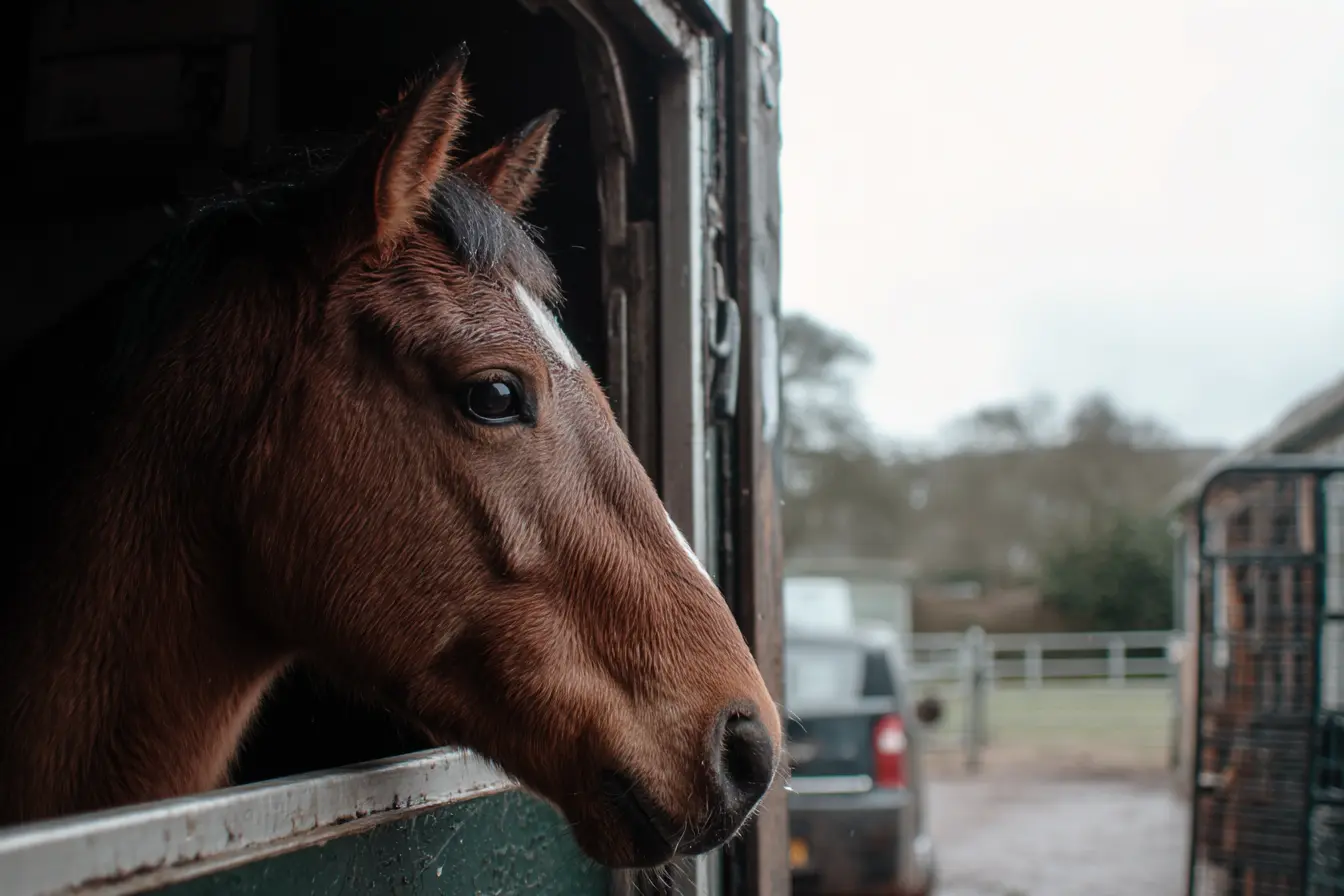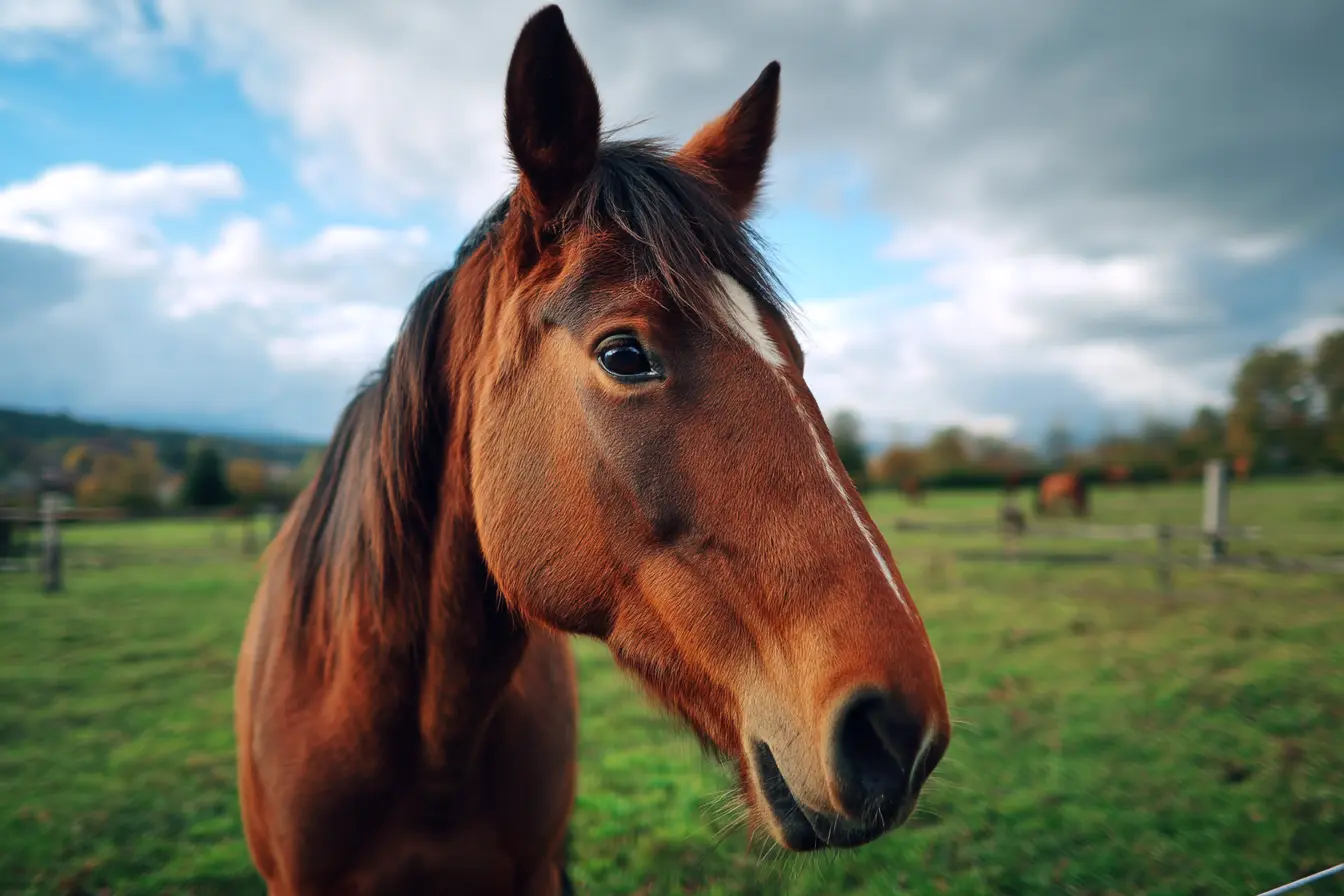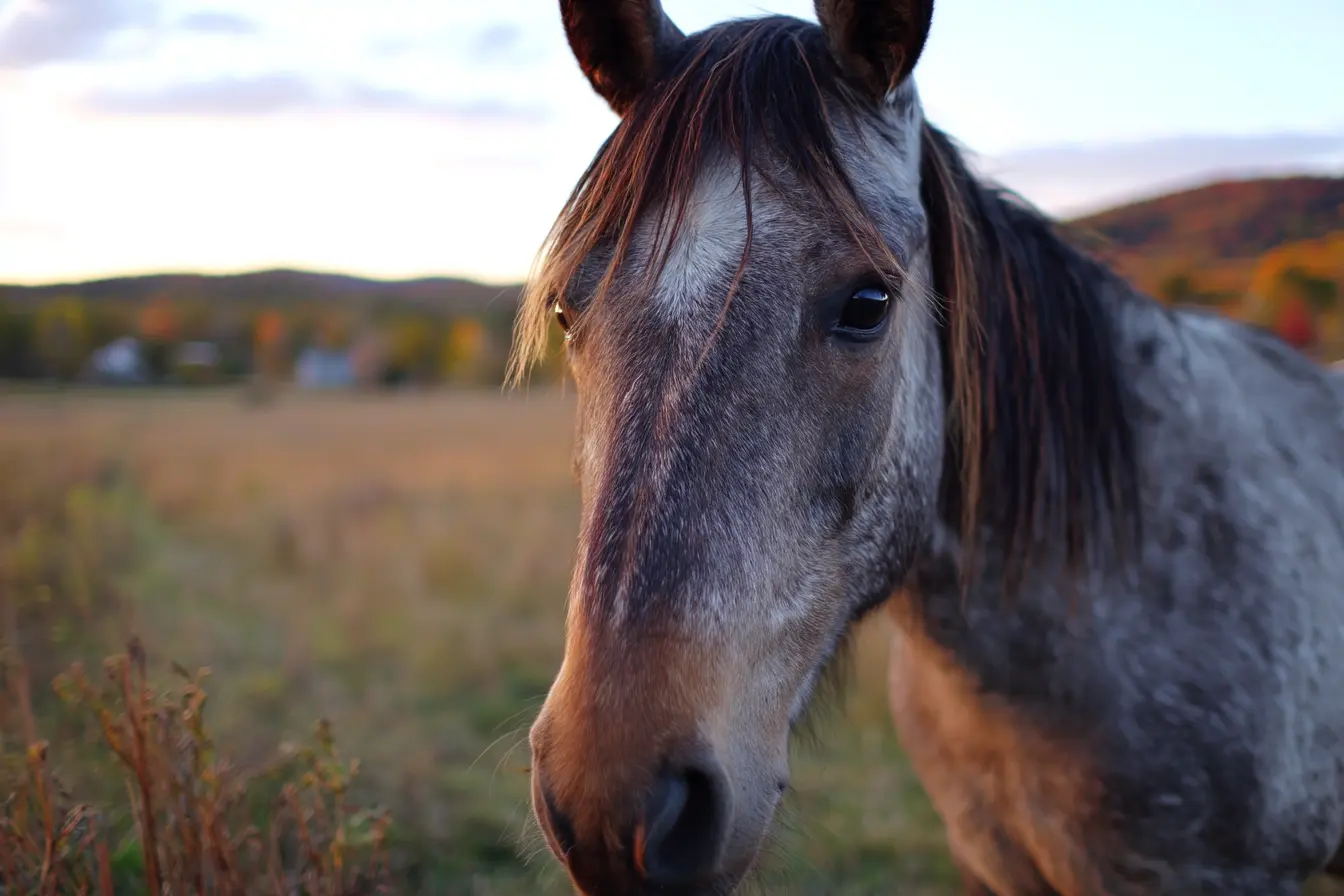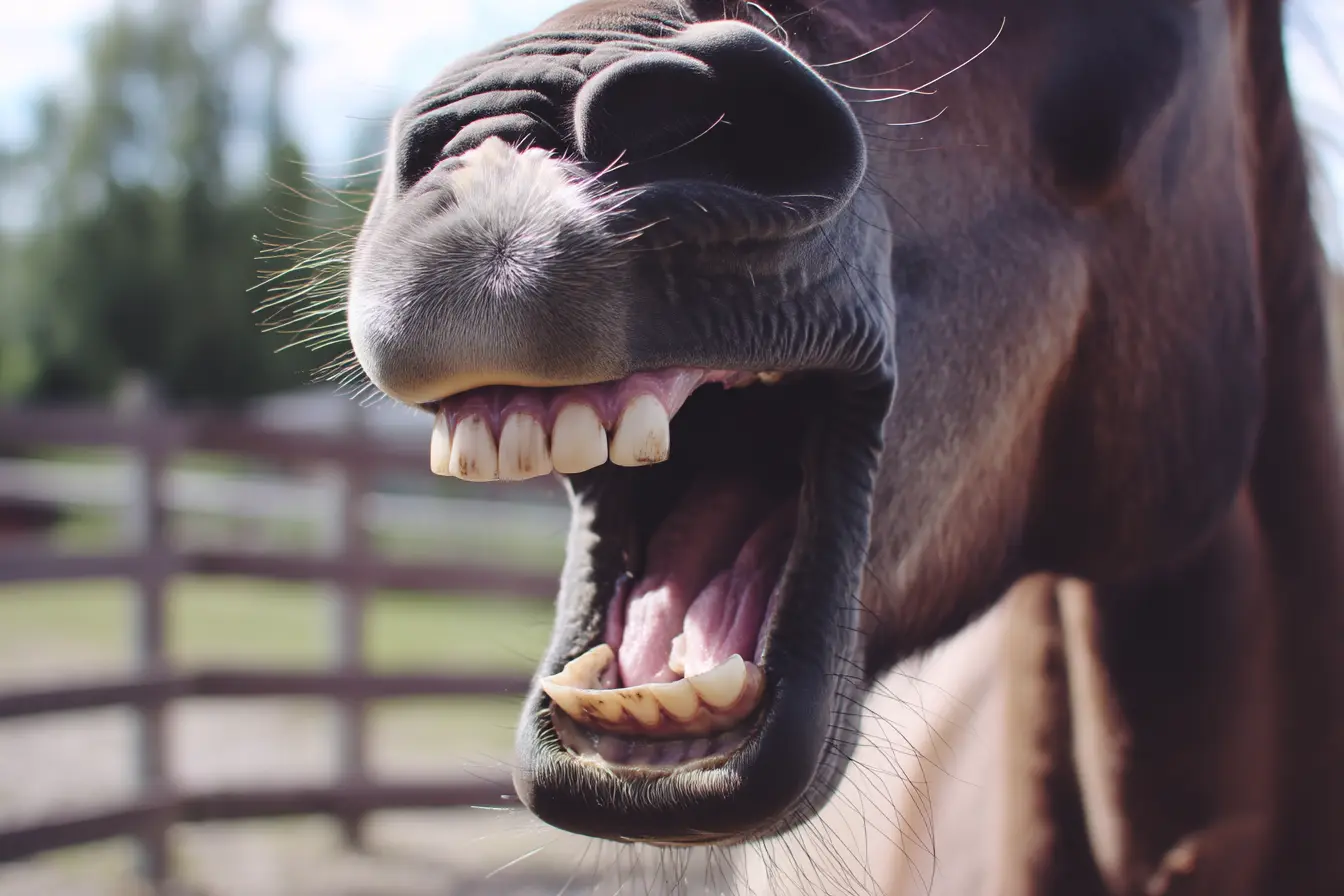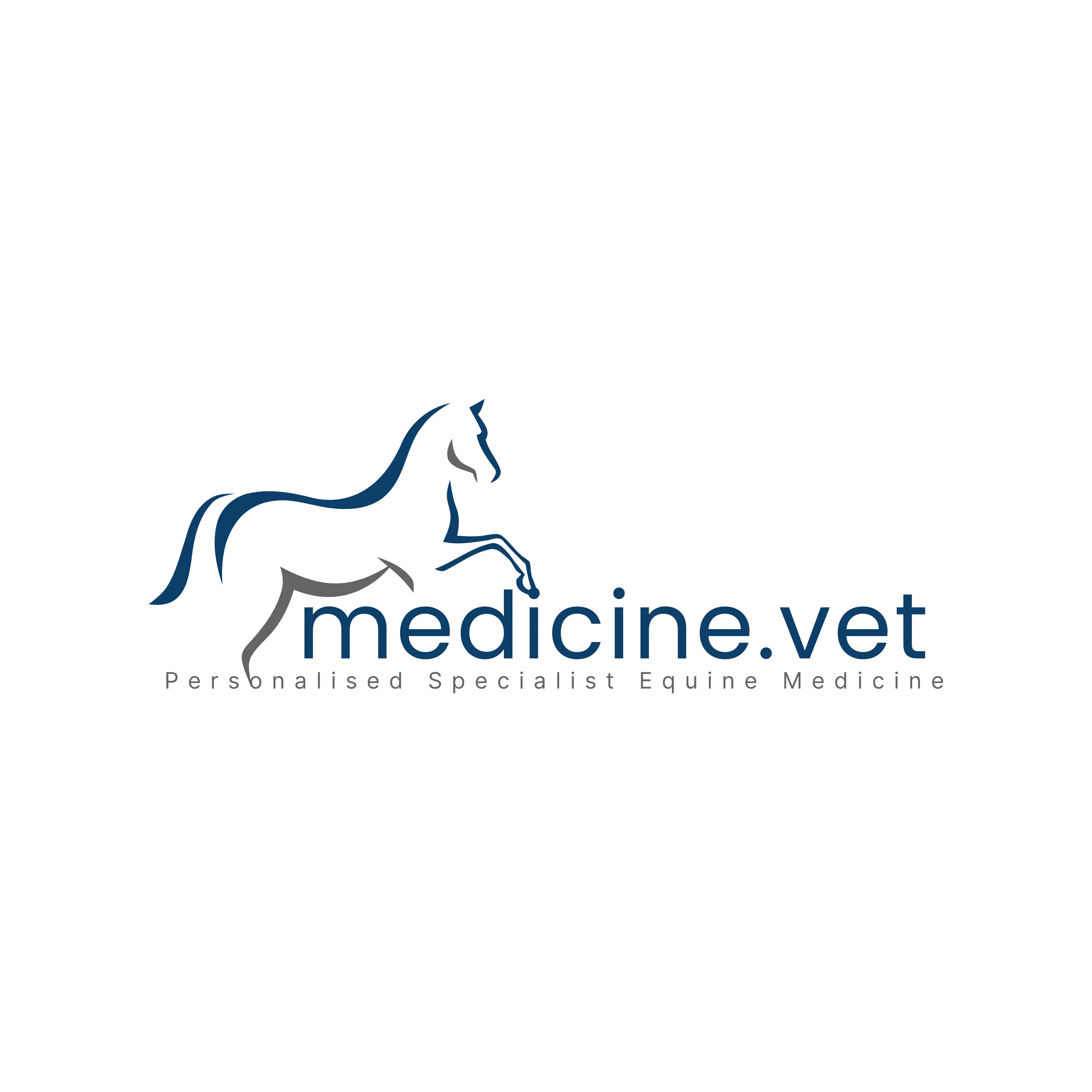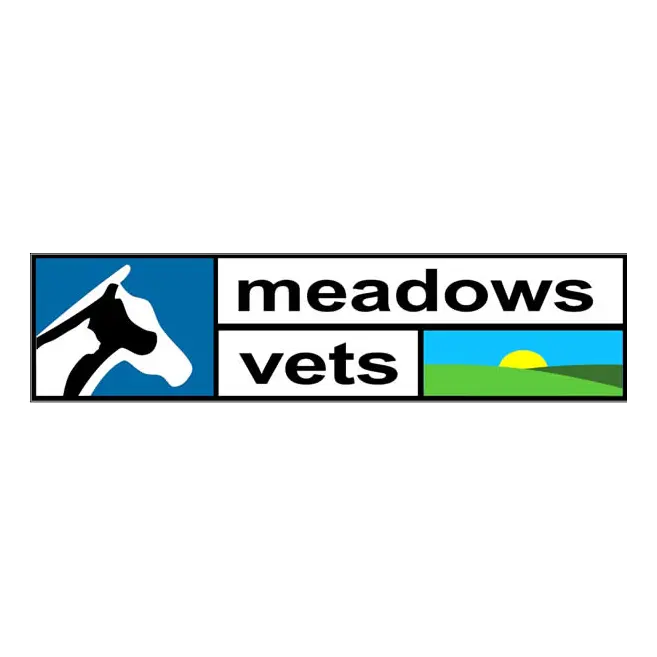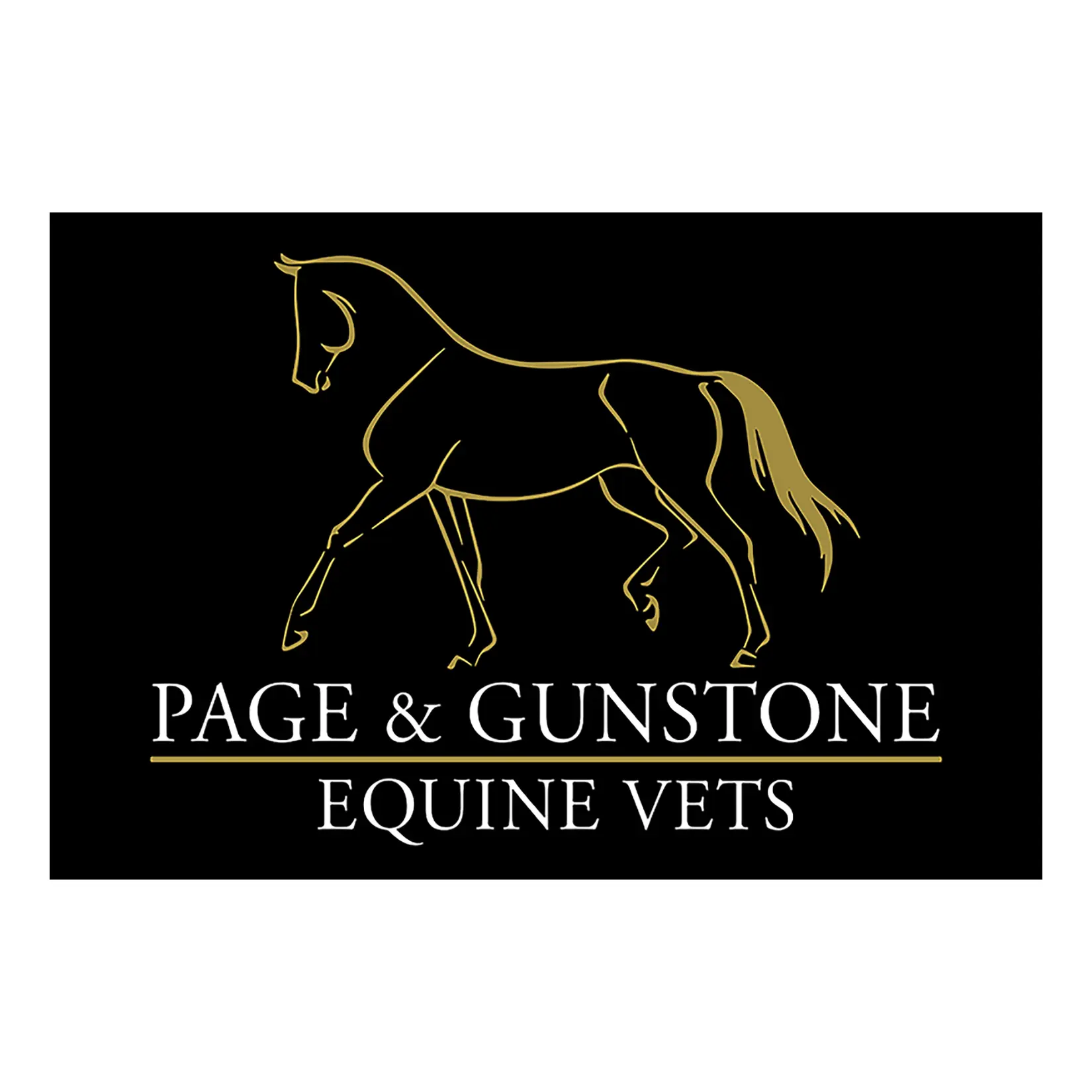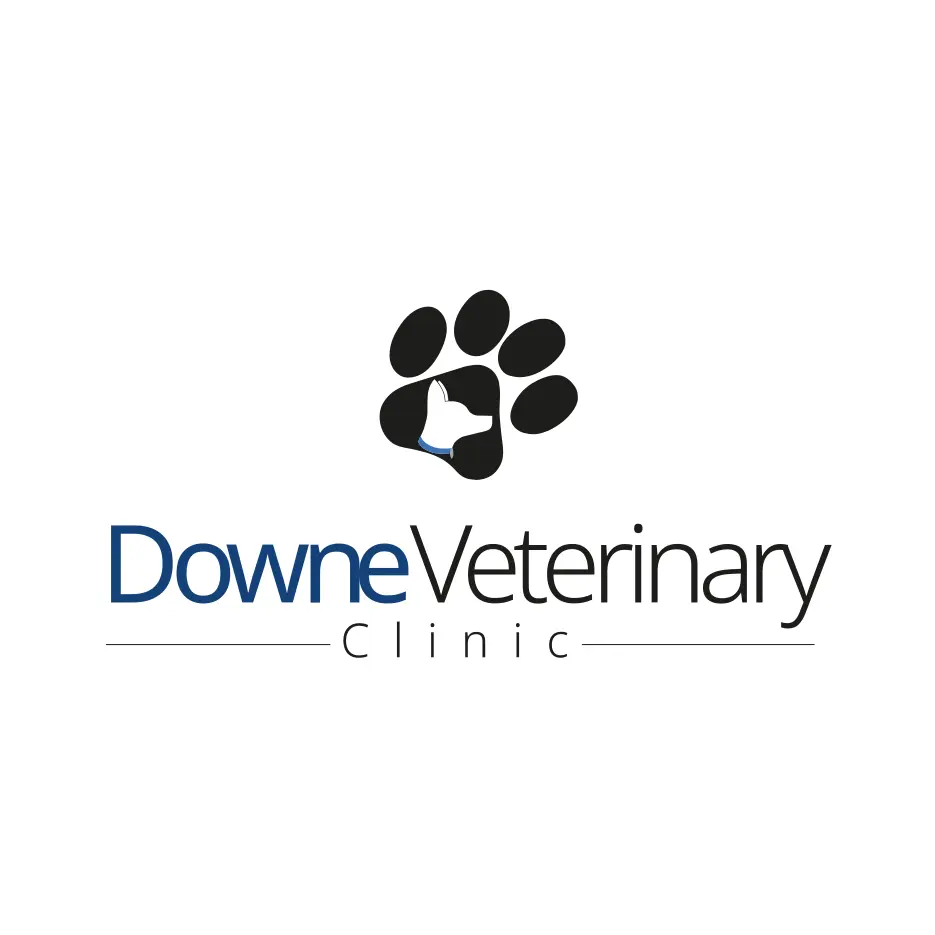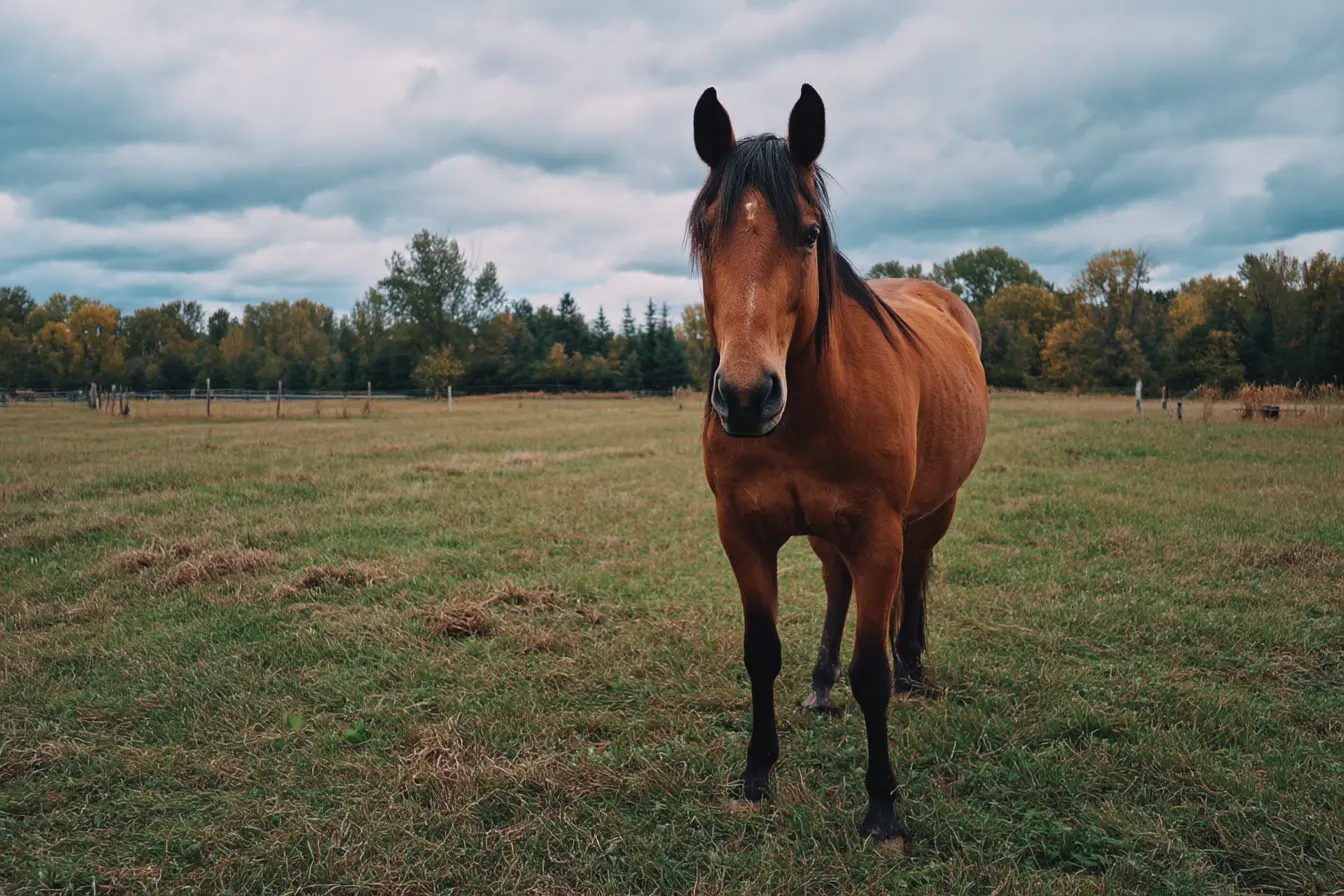
Understanding Laminitis in Horses
Laminitis is one of the most painful and potentially devastating conditions affecting horses and ponies. It is an inflammatory condition of the laminae—the sensitive tissues that connect the hoof wall to the pedal bone within the hoof. When these tissues become inflamed or damaged, the bond between the hoof wall and the bone can weaken or break down, leading to extreme pain and, in severe cases, permanent damage or euthanasia.
Understanding the causes, signs, treatment, and prevention of laminitis is essential for every horse owner.
What is laminitis
Laminitis is a complex condition that involves inflammation and disruption of blood flow to the laminae within the hoof. These laminae are responsible for suspending and supporting the pedal bone inside the hoof capsule. When compromised, the bone can rotate or sink—a condition known as founder.
Laminitis can affect one or more hooves, though it is most common in the front feet. The severity can vary from mild discomfort to complete structural failure of the hoof.
Causes of laminitis
Laminitis can be triggered by several underlying factors. These are typically grouped into three main categories:
Endocrine (hormonal) disorders
The most common cause of laminitis in modern horses is an underlying metabolic disorder, particularly:
- Equine metabolic syndrome (EMS): A condition associated with obesity and insulin dysregulation.
- Pituitary pars intermedia dysfunction (PPID or Cushing's disease): A hormonal disorder common in older horses.
Both conditions affect the horse’s ability to regulate blood sugar and insulin, making them more susceptible to laminitis, especially when grazing on rich grass.
Inflammatory or systemic disease
Laminitis can also result from systemic illness or inflammation elsewhere in the body, such as:
- Severe infections (e.g. colitis, pneumonia)
- Retained placenta in mares after foaling
- Septicaemia or endotoxaemia
The release of inflammatory mediators in the bloodstream can affect blood flow in the hooves.
Mechanical overload
Known as "supporting limb laminitis", this can occur when a horse bears excessive weight on one limb due to injury or lameness in the opposite limb. The constant pressure compromises circulation in the supporting foot.
Risk factors for laminitis
- Overweight or obese horses
- Ponies and native breeds (more prone to EMS)
- Horses with a history of laminitis
- Sudden access to lush pasture, especially in spring and autumn
- High-sugar diets or grain overload
- Poor hoof conformation or chronic lameness
- Inadequate management of metabolic conditions
Signs of laminitis
Early recognition of laminitis is critical for successful treatment. Common signs include:
- Reluctance to move or walk
- Shifting weight from foot to foot
- Standing with the front feet stretched forward and hind feet under the body (classic laminitis stance)
- Heat in the hooves
- Increased digital pulse in the affected limbs
- Lameness, especially when turning in a tight circle
- Pain when hooves are picked up or pressure is applied
In more advanced cases, you may see:
- Depression or lying down for extended periods
- Visible changes in the hoof wall, such as rings or flaring
- Sole bruising or abscesses
- Hoof deformity from repeated episodes
Diagnosis of laminitis
If laminitis is suspected, contact your vet immediately. Diagnosis typically involves:
- Physical examination, including hoof testing and digital pulse check
- Review of clinical history and any underlying metabolic conditions
- X-rays of the feet to assess rotation or sinking of the pedal bone
- Blood tests to check for insulin levels, inflammation, or PPID
Early diagnosis improves the chances of recovery and reduces the risk of long-term damage.
Treatment of laminitis
Laminitis is a medical emergency and should be treated promptly and aggressively. Treatment depends on the cause, severity, and stage of the condition.
Immediate care
- Confine the horse to a deeply bedded stable to minimise movement
- Provide supportive bedding (e.g. shavings, sand) to cushion the hooves
- Administer anti-inflammatory medication as prescribed by your vet (e.g. phenylbutazone)
- Apply frog support pads or hoof boots to reduce pressure on the laminae
- Withhold rich food and restrict grazing
Ongoing management
- Identify and treat the underlying cause (e.g. EMS, PPID, infection)
- Collaborate with a farrier to correct hoof imbalance and support the pedal bone
- Monitor progress through regular veterinary check-ups and repeat radiographs
- Adjust diet to support recovery, avoiding high-sugar feeds
Nutritional management
Diet plays a crucial role in both the treatment and prevention of laminitis:
- Feed low non-structural carbohydrate (NSC) forage (under 10%)
- Soak hay for 8–12 hours to reduce sugar content
- Eliminate cereals, molasses, and high-starch concentrates
- Provide a balanced vitamin and mineral supplement
- Manage weight with controlled feeding and exercise (when appropriate)
Preventing laminitis
Prevention is always better than cure. Steps to minimise the risk of laminitis include:
- Maintain an ideal body condition score (BCS of 4–5 on a 9-point scale)
- Use grazing muzzles or restrict turnout on lush pasture
- Avoid sudden changes in diet
- Exercise regularly, unless contraindicated
- Monitor for early signs in at-risk horses
- Test for EMS or PPID in overweight or older horses
- Regular hoof trimming and farrier visits to maintain balance
Laminitis in ponies and native breeds
Ponies and hardy native breeds are genetically predisposed to laminitis due to their efficient metabolism. These breeds thrive on low-quality forage and can become laminitic even on seemingly modest pasture. Extra care is needed, particularly in spring and autumn when grass sugar content is high.
Long-term prognosis
The outcome of laminitis depends on:
- How early it is diagnosed and treated
- The severity of the damage to the laminae
- Whether the underlying cause can be controlled
- The quality of farriery and follow-up care
Some horses recover fully and return to work, while others may require ongoing management or retirement. In severe cases with uncontrollable pain or catastrophic hoof damage, euthanasia may be the kindest option.
Conclusion
Laminitis is a serious and often preventable condition. It requires immediate attention, a tailored treatment plan, and diligent long-term management. With good nutrition, responsible pasture management, and regular monitoring, many horses and ponies prone to laminitis can live healthy, comfortable lives.
If you suspect your horse has laminitis, don't wait—call your vet. Early action can make all the difference.
Related Vets
Vets near you
Speciality vets
- Aquatics vet specialists
- Birds vet specialists
- Camelids vet specialists
- Cats vet specialists
- Cattle vet specialists
- Deer vet specialists
- Dogs vet specialists
- Equines vet specialists
- Exotic vet specialists
- Goats vet specialists
- Pigs vet specialists
- Poultry vet specialists
- Sheep vet specialists
- Small Mammals vet specialists
- Wild vet specialists
